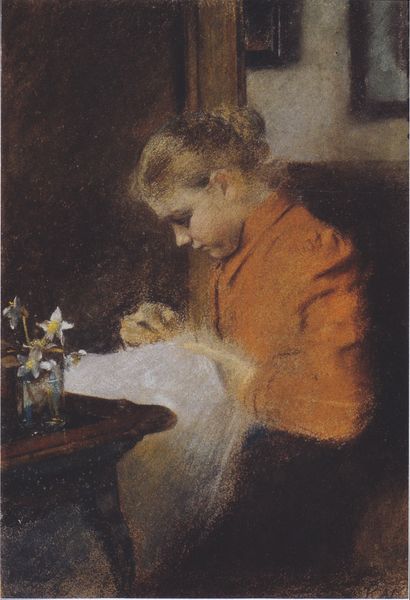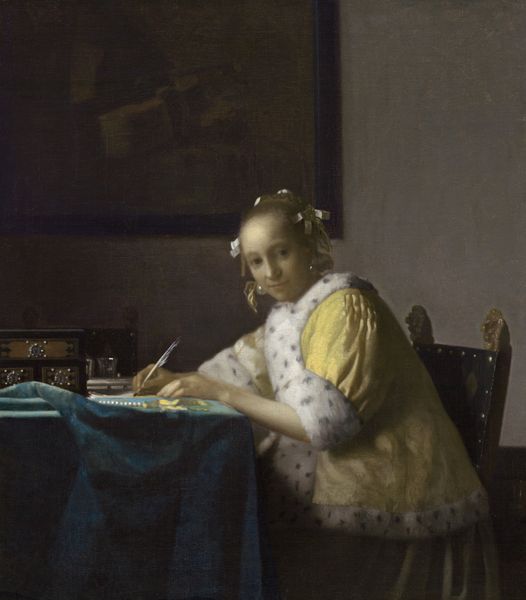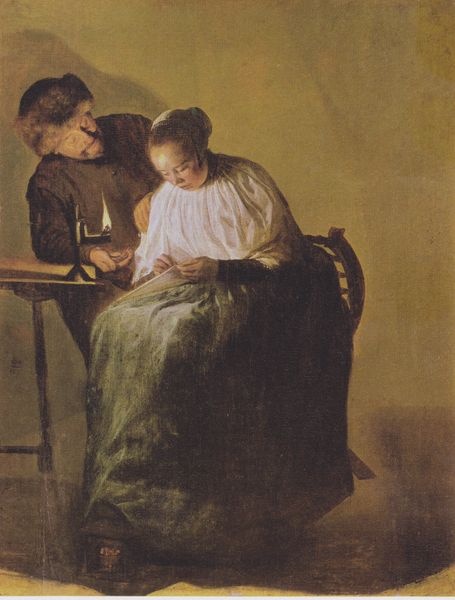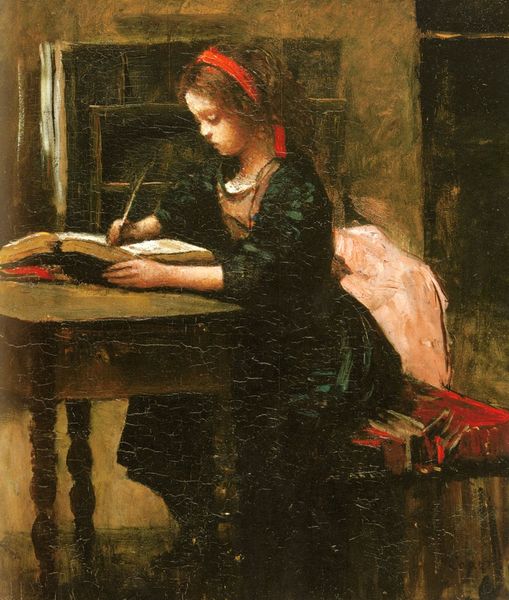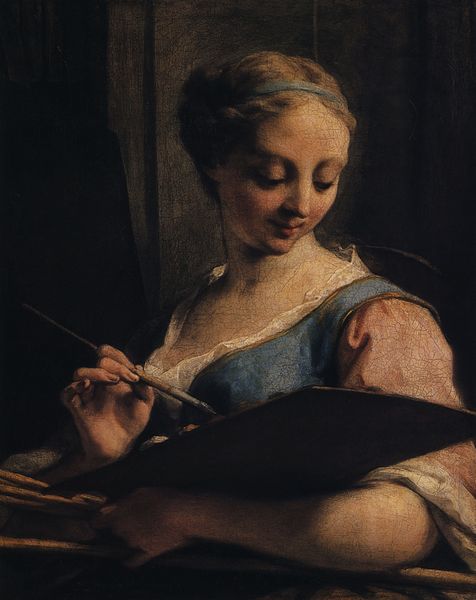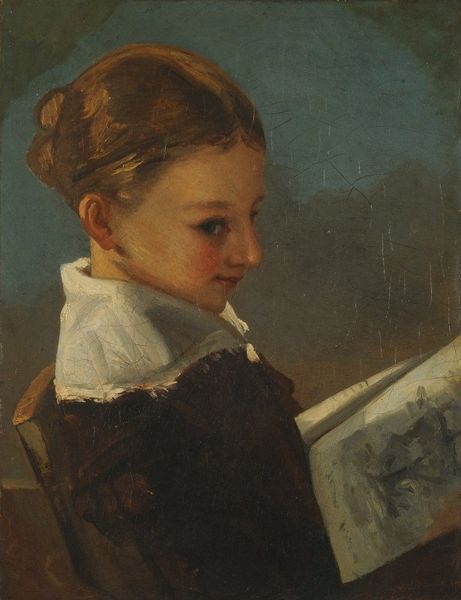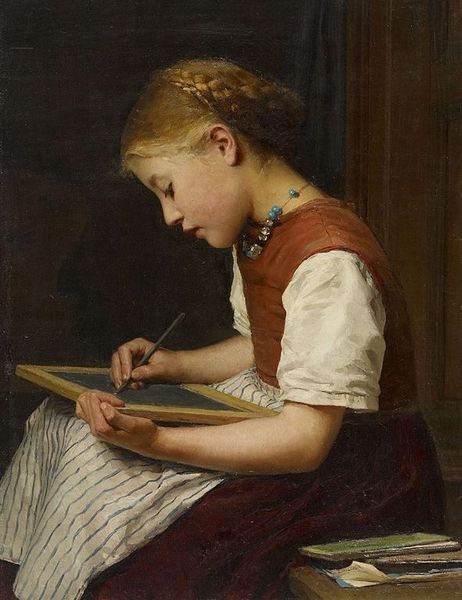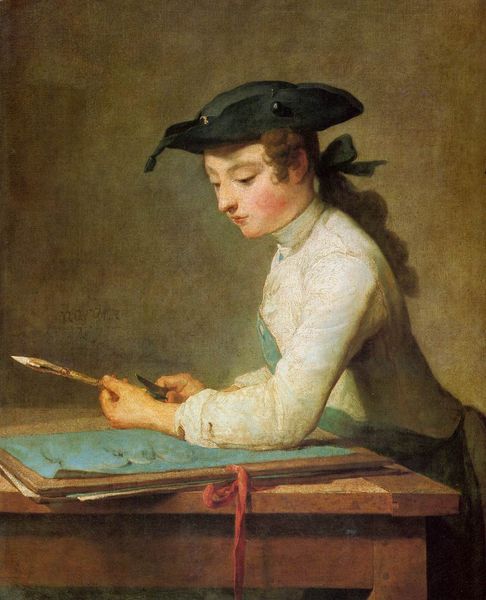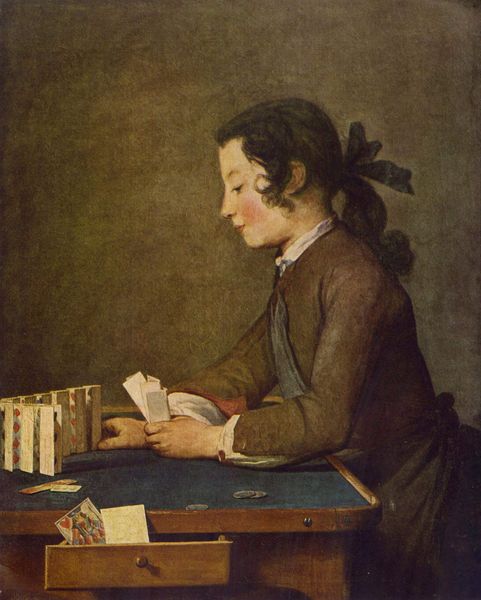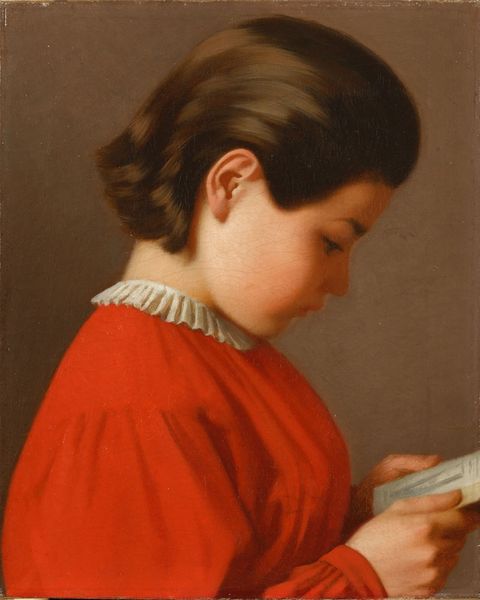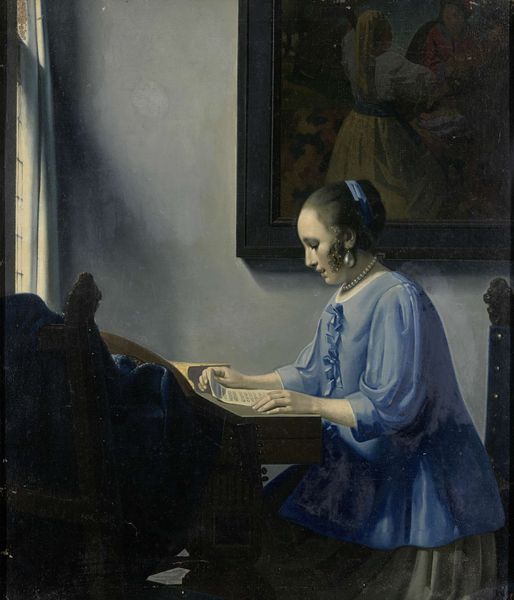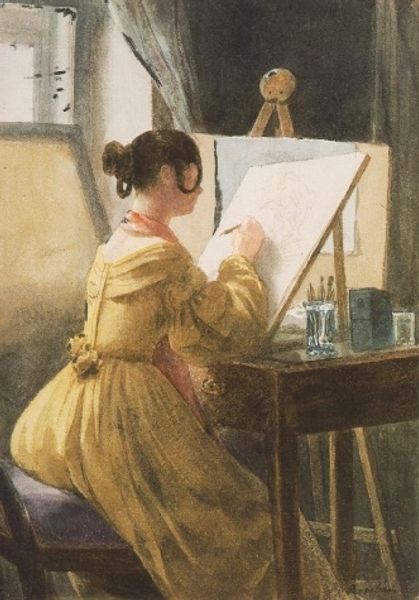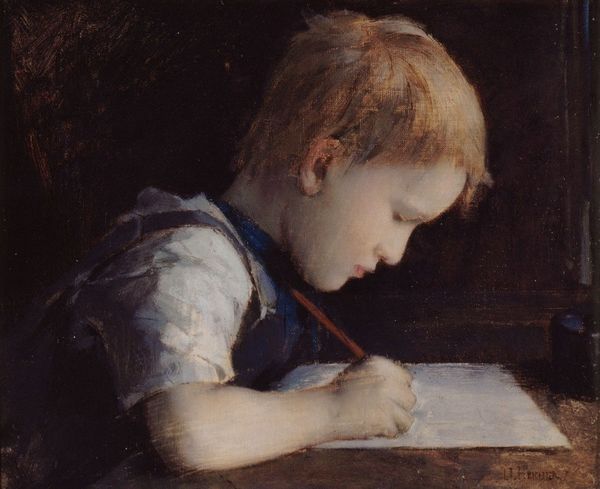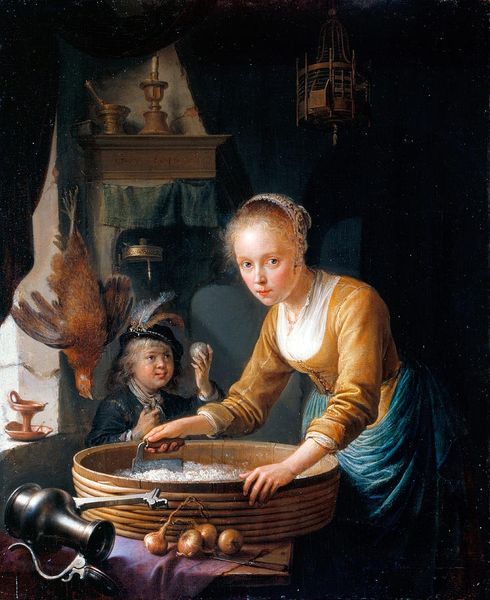
painting, oil-paint
#
portrait
#
baroque
#
dutch-golden-age
#
painting
#
oil-paint
#
intimism
#
genre-painting
#
history-painting
#
realism
Dimensions: 24 x 21 cm
Copyright: Public domain
When you’re faced with the many grand rooms of a vast museum, it’s easy to miss a masterpiece. At just 24 by 21 centimetres, ‘The Lacemaker’ (1671) by Johannes Vermeer (1632-1675) is one of these often-overlooked gems! Usually located in the Louvre, ‘The Lacemaker’ is one of Vermeer’s smallest paintings. It invites the viewer to get close and take a moment to appreciate the beauty of the everyday. Luckily, you can easily zoom in to see all of the hidden details! 🖼️ Johannes Vermeer was a Dutch painter known for his Baroque interior scenes. Despite now being recognised as a key figure in the Dutch Golden Age, Vermeer was not financially successful during his lifetime – in fact, he died in a huge amount of debt! This is partially explained by his slow methods of working, meaning he only produced a small number of paintings (around 34). The artist also favoured expensive pigments. Do you think this had an impact on the completed paintings? ‘The Lacemaker’ depicts the lone figure of a young woman in a domestic space. She is seated at a work bench, wearing a pale yellow bodice as she bends forward over her sewing cushion. She gazes down at her pin cushion, completely absorbed in the task. Vermeer’s neutral background and small, detailed brushstrokes build a sense of stillness and concentration. The tone is careful and contemplative. The viewer shares the woman’s focus – we almost want to hold our breath in the knowledge that the sharp pin could scratch her at any moment! 🪡
Comments
No comments
Be the first to comment and join the conversation on the ultimate creative platform.
